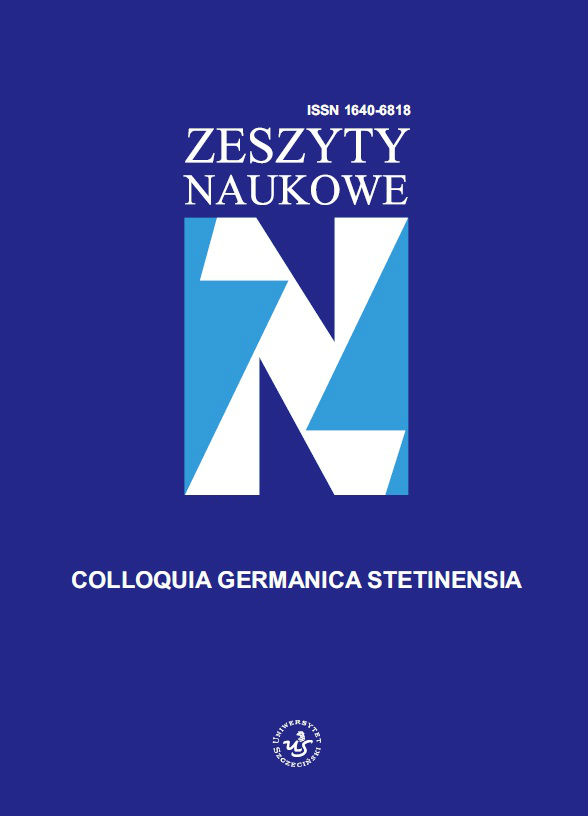Zur Anapher in nicht-generativen Klassifikationssystemen
Analysis of Chomskyan and Non-Chomskyan anaphora in German
Author(s): Malgorzata Osiewicz-MaternowskaSubject(s): Language and Literature Studies
Published by: Wydawnictwo Naukowe Uniwersytetu Szczecińskiego
Summary/Abstract: The aim of the analysis was to determine whether books on German grammar take into consideration the phenomenon of binding, as well as how Chomsky's understanding of the term anaphora is presented in them. I performed an analysis of the reflexive pronoun in contemporary Non-Chomskyan classification systems, representing different theoretical models, which were included in treatises on German grammar and written within the last thirty years. First of all, the terminology used to refer to reflexive pronouns and their syntactic function was taken into account. The analysis shows clearly that the explanatory potential of most of the theoretical models (the concept based on the investigation of word and sentence meaning, dependency grammar and phrase structure grammar) does not suffice to account for the phenomenon of co-reference that constitutes the basis of binding. It is only surface structure syntax and some combinations of theories based on generative grammar that shed light on how the reflexive pronoun is bound in certain German grammatical structures.
Journal: Colloquia Germanica Stetinensia
- Issue Year: 2013
- Issue No: 22
- Page Range: 215-231
- Page Count: 17
- Language: German

